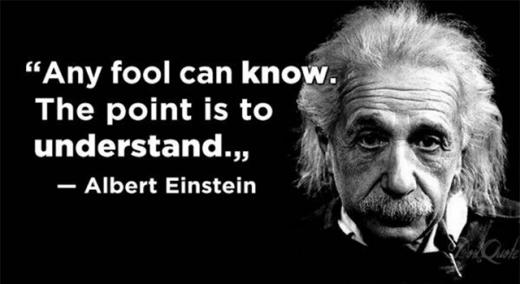Body
When we work together, which we all do, everything involves relationships. People request work from other people... that is a relationship. People take jobs that involve bosses and structure... those are relationships. People form teams to get specific types of work done... again, relationships. And it goes on from there.
|
ADVERTISEMENT |
No one works alone. Everyone works together. No exceptions.

In the initial article, I defined relationships as a lens:
…
Want to continue?
Log in or create a FREE account.
By logging in you agree to receive communication from Quality Digest.
Privacy Policy.

Add new comment